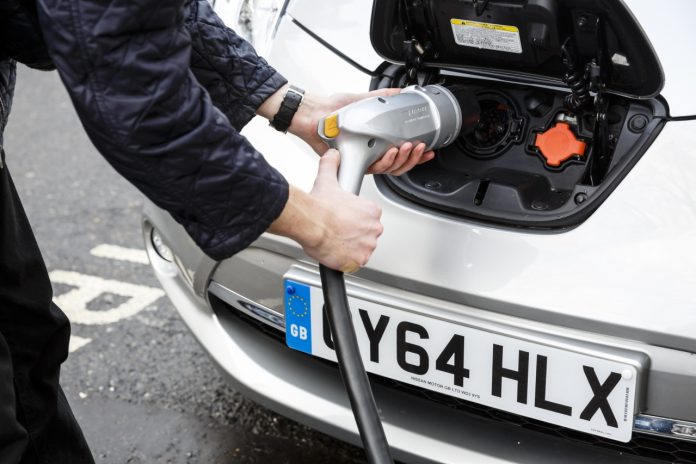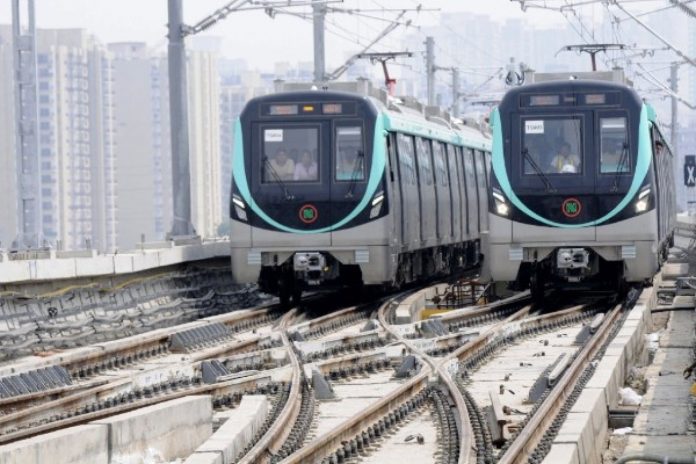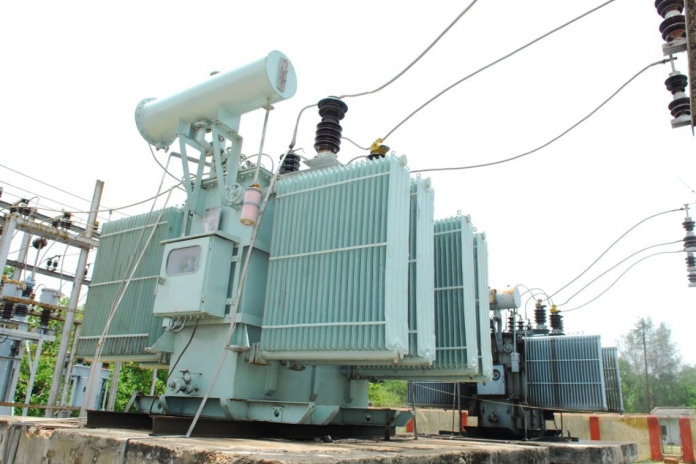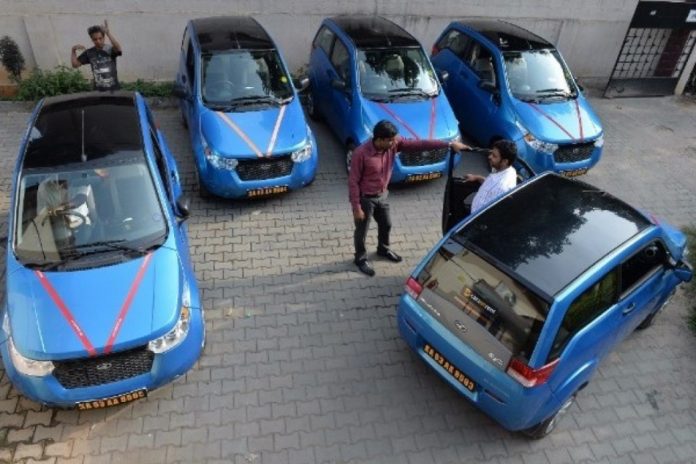Given the huge requirement of charging stations – estimates have it that Delhi alone will require around 800-1,000; China has over 2 lakh, according to a Bloomberg New Energy Finance report – the funds requirement is colossal. The central government has been funding projects in cities, with a large kitty set aside for this, apart from easing procedures and requirements, but will that be enough?
Charging Infrastructure – Technical Considerations
- Besides costs and subsidies, there are other technical and practical considerations in charging infrastructure. The above study under the IIT Kanpur aegis, had concluded that power distribution network needs to be planned properly, which means:
- Layout of charging stations will need to be such that electricity demand is in accordance with the network;
- Within the distribution network, improved quality connections with high ratings are required – to facilitate interconnection of charging infrastructure
- Larger-capacity distribution transformer and larger-cross-section distribution lines are needed to avoid problems like overloading, voltage deviation, etc.
Yet. After all this, it may still result in lower utilisation efficiency of distribution network equipment – because charging behaviour cannot be confined to low-load periods. Apparently, power quality of the network is affected because devices in the charging infrastructure do something called “inducing harmonics in the source side content”. Technical jargon, but surely has a point!
Finally, though not pessimistic on EVs in toto, this study did say that simply shifting to EVs will not address the impact on environment.
Charging Infrastructure – Practical Considerations
Thus far, due to policy and money constraints, charging stations and other infrastructure are not widely deployed. EV charging requires a long process. Most charging points in the country are AC-based, which can take up to six hours to charge; DC chargers are efficient, but also expensive.
This `wait anxiety’ is an important factor for consumers – a lack of adequate infrastructure means long queues at each station, apart from the fact that battery charging is time-consuming in itself. It also means traffic congestion as people queue up to charge. Battery swapping is the solution here, that is to get a fully-charged battery, which can be done in few minutes at stations, and move on. However, for this solution to become workable, the IIT Kanpur study points out – first, batteries need to conform to certain standards, and they need to be of “high-mileage variety, have high energy density, high recycling ratio, high recovery ratio, and be environment-friendly”.
The government’s plan includes setting up 30,000 slow-charging and 15,000 fast-charging stations across the country – every 3 km in the city, and every 50 km on highways.
Charging Infrastructure – Many Other Considerations
Much ground needs to be covered as far as electricity generation goes: over 60 per cent of India’s energy mix still comes from fossil fuels, and only 17 per cent from renewables. In that sense, electrical charging is still not guilt-free in terms of being low-carbon. BHEL is in the process of developing and providing solar-based charging infrastructure, but though it’s light on the horizon, it’s still a work-in-progress.
Himachal Pradesh, one of the first states to include EVs in its bus fleet, had a good experience generally and decided to place an order for 25 e-buses. But again, as the chief general manager of its SRTC pointed out that there was a high dependence on third party for charging infrastructure, which compounded costs.
What complicates the issue is that land for charging stations needs clearances from local authorities, electricity distribution companies and the central ISI quality standards approval. Only then will it be given on lease to willing infra provider companies, which is a long-winded, if not tall, order.
Finally, the safety aspect. At one of the sessions in a CII Conference for EV manufacturers, Goenka Electric Motor CEO Zafar Equbal had put forth his reservations thus: “A person can bear a shock up to 60 volts of electricity; but in a high-voltage system like a charging station, the slightest negligence can bring about death. Even stray animals making any accidental contact can create havoc. There are many practical challenges.”
User-friendly, safe and convenient charging infrastructure – and, which is also perceived as such – will decide the pace of our EV journey. This will involve removing many roadblocks – as also mind blocks.
Subsidies All The Way
It’s unlikely that EVs will be adopted without insistence, handholding and funding from the Centre. It’s not quite clear what CEO, NITI Aayog, Amitabh Kant meant when he said that “I’m against a policy where you drive electric vehicles through large subsidies; That’s not sustainable.”
The fact is, world over, EVs are run only on subsidies.
This article attributes the success of Norway, the world leader in EVs to a long list of incentives for the buyers. The irony is despite that, users say they prefer to have two cars – one EV to drive to work and one fossil-fuel car for other trips. Also, this is despite Norway’s advantages of being a wealthier country with a smaller population, less congested roads, easier parking and plentiful hydroelectric power – all of which India does not have.
So also in China which has the twin advantages of being the world’s largest maker of electric cars as well as lithium-ion batteries. Yet, its rapid growth has been made possible only by its subsidies to manufacturers as well as consumers.. And after all this, the environmental benefits still remain questionable in China, with almost three-fourths of its power coming from coal.
Indian policymakers are depending on falling costs of battery, increases in renewables in electricity, new developments in the Indian R&D scene, and the costs of EV being at par with ICE engines in a few years. These are all of course, assumptions. The environmental impact of the substitute technology also must be quantified, along with an employment road map for the automobiles and components sector.
Shifting lanes, towards EVs is in currency, but perhaps, in our context, moderation is key. While we must not get left behind and definitely give it a shot, it must be accompanied by a large dose of prudence.
A Fast-Changing World
Several other technologies are coming up. Like the Supreme Court suggested to the Delhi government, Hydrogen fuel is one of them, with Germany and Japan having adopting it in varying measures. CEPT Ahmedabad had come out with a paper on solar-powered buses earlier; passenger drones have become a reality. Closer home, Transport Minister Nitin Gadkari had recently talked of using bio-fuel. Biofuel-driven buses have been successful experiments, as a former secretary, ministry of road transport and highways points out, and can take care of several of India’s issues like dealing with all kinds of waste, reducing dependence on imports, providing extra income for farmers, apart from being emission-friendly.
That said, all these are in the nascent stage, and will need massive updates in infrastructure when adopted – EVs included. We need to see what kind of fuel mix suits our circumstances best. Taking it slow is important because the government’s funds have opportunity costs.
Ideally, EVs should be allowed to be taken up naturally, and dictated by market forces. Meanwhile, ways for reduction of dependence on imported oil, and to fight pollution levels must continue to be pondered over. In our last commentary on mobility, we had recommended strongly, making non-motorised transport and the ecosystem thereof, robust.
E=Three-Wheelers Must Be Helped To Increase Their Tribe
As EV plans at all levels proceed in bits and pieces, fits and starts, one area that needs to be a thrust area is three-wheelers. They have proven to be efficacious in providing last-mile connectivity to commuters in the Metro (DMRC) in the Delhi-NCR region.
They are a crucial link in boosting public transport, which can go a long way in reducing private transport use. This alone makes them deserving of subsidy, along with their employment-generation potential. Further, experience has also shown them as being lower-cost, practical, easy to charge, and easy to navigate. This is where states must pull out all stops to make their journey comfortable.
The private sector must come forward in supporting infrastructure. Essel Infra projects, for instance, has decided to invest Rs 1,750 crore in UP, for 250 charging stations for e-rickshaws, as well as 1,000 battery swapping locations. Given that many towns and cities in UP are driven mostly around on two- and three-wheelers, such solutions are welcome and serve the purpose well enough. CSR initiatives must support the creation of the ecosystem around this category of EVs, specifically.
Also read:
Swappable Batteries: A Game-Changing Alternative Or A Viable Auxiliary In EV Infrastructure?
‘Charge’ Is The Key To Change In Electric Vehicle Revolution
Revving Up The EV Revolution: How Policy-Making And Technical Challenges Can Be Overcome
















